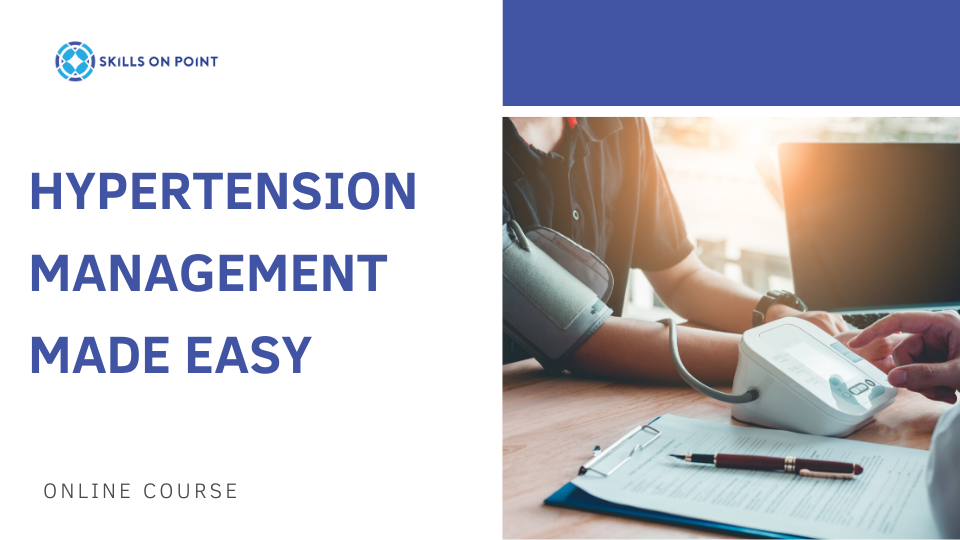196/112…this blood pressure is way too high for anyone, much less a patient with a past medical history that included cardiovascular disease in the form of strokes and heart attacks. What was causing this elevation, since he was taking his medicine as recommended?
Hypertension
Hypertension affects 1/3 of American adults over age 20: 7% of ages 20-34, 54% of ages 55-64, and 78% of ages 75 and over. Americans with normal blood pressure at age 55 still have a 90% lifetime risk of developing hypertension. Hypertension is the strongest modifiable risk factor for the development of cardiovascular disease, and managing it well reduces the risk of developing heart failure, stroke, MI, and chronic kidney disease.
According to the 2015 US Preventive Services Task Force, we should screen every 3-5 years all adults ages 18 and up if they have no risk factors (and blood pressure less than 130/85). We should screen annually for those over 40 and/or who have an increased risk, such as blood pressures greater than 130/85, who are overweight or obese, or who are African-American.
The 2017 update in guidelines from the American College of Cardiology and American Heart Association then reclassified the categories of blood pressure as follows:
- Normal: < 120/<80
- Elevated: 120-129/<80
- Stage 1 HTN: 130-139/80-89
- Stage 2 HTN: >140/>90
Blood Pressure Goal
Thus, the blood pressure goal became <130/80 for most patients, including those with hypertension and known cardiovascular disease (or an ASCVD risk score of greater than or equal to 10%), those older than 65 years, and patients with heart failure. The same goal is reasonable for those without an increased ASCVD risk score. A higher bp goal may be appropriate for those with labile pressures or postural hypotension, side effects to multiple antihypertensives, adults aged 75+ with a high burden of comorbidities or a diastolic pressure less than 55, older adults with severe frailty, dementia, or who have a limited life expectancy, or non-ambulatory or institutionalized patients.
With a blood pressure like my patient’s, we jump immediately to pharmacologic intervention to prevent complications such as stroke, and with likely more than one drug class. How you choose which medication to start with depends entirely on the patient. Do they have a compelling indication, such as history of coronary artery disease or myocardial infarction, heart failure (with preserved or reduced ejection fraction), atrial arrhythmias, diabetes, proteinuria, chronic kidney disease, recurrent stroke, osteoporosis, pregnancy? If not, then the ACC recommends we consider thiazide-like and thiazide-type diuretics, long-acting calcium channel blockers, ACEs, and ARBs as initial mono or combination therapy.
Lifestyle Changes for Lowering Blood Pressure
In addition to that, we recommend lifestyle modifications as first-line therapy (and as prevention for those with normal or elevated blood pressure). This includes limitation of sodium consumption (<2000mg Na daily, or even <1500mg daily for certain cardiac patients; standard DASH allows for <2300mg), the DASH diet (which allows for a structured, easy-to-follow diet that does not eliminate or restrict food groups but focuses on fruits, vegetables, whole grains, lean proteins), weight loss through change in diet and increased exercise (1kg of weight loss= 1mmHg decrease in blood pressure; exercise goal of 150+ minutes of moderate activity weekly, with less than 2 hours of leisure time per day), moderation of alcohol intake (1 or fewer per day for women, 2 or fewer per day for men), moderation of caffeine intake (does cause temporary increase in blood pressure but ongoing influence is unknown), stress management, structured sleep hygiene.
Coronary Disease and Blood Pressure
For a patient with coronary disease, for example, we would recommend a goal BP of <130/80, an LDL cholesterol goal < 70, a daily aspirin (81mg), a second antiplatelet if they are within 1 year of a heart attack or stent placement, an A1c < 7, consideration of an SGLT2 (such as Jardiance, in light of the reduction of CV death associated with its use), and the above-mentioned lifestyle goals.
So, what would you do for my patient? Upon recheck 10 minutes later (after sitting quietly, resting with feet on the floor, ankles uncrossed), the BP was 166/102 (and a heart rate of 65). This patient’s medical history includes hypertension, hyperlipidemia, obesity, coronary artery disease, myocardial infarction, stroke, osteoarthritis and surgical history includes multiple joint replacements. They are already on an ACEi and a beta-blocker, with no diabetes, and normal renal and hepatic function.
Considering this patient is only on 1 class of the first-line therapies recommended by the ACC guidelines for management of hypertension, we could consider adding a thiazide-type or thiazide-like diuretic or a long-acting calcium channel blocker. Upon assessment, whether secondary to the patient’s obesity, sodium intake, sedentary lifestyle, or surgical history of joint replacements, there is persistent ankle edema. Thus, after discussion about potential side effects, it was chosen to increase the ACEi dosage and add chlorthalidone once daily. The patient was then to self-monitor twice daily and keep a log, call tomorrow with blood pressures and any symptoms, and to return with the log for a recheck in the office in 2 days.
Blood Pressure Management
In my opinion, blood pressure management is always an “if this, then that” game of algorithms. This game is really more a working knowledge of the drug classes recommended for or against use in certain populations with compelling indications. Of course, it’s quite an in-depth algorithm, but if you can maintain a working knowledge of your most-commonly-seen comorbidities in your practice or specialty (likely to include diabetes, chronic kidney disease, heart failure, atherosclerotic disease), then choosing which medication to up-titrate or which to add or subtract becomes than much easier.




